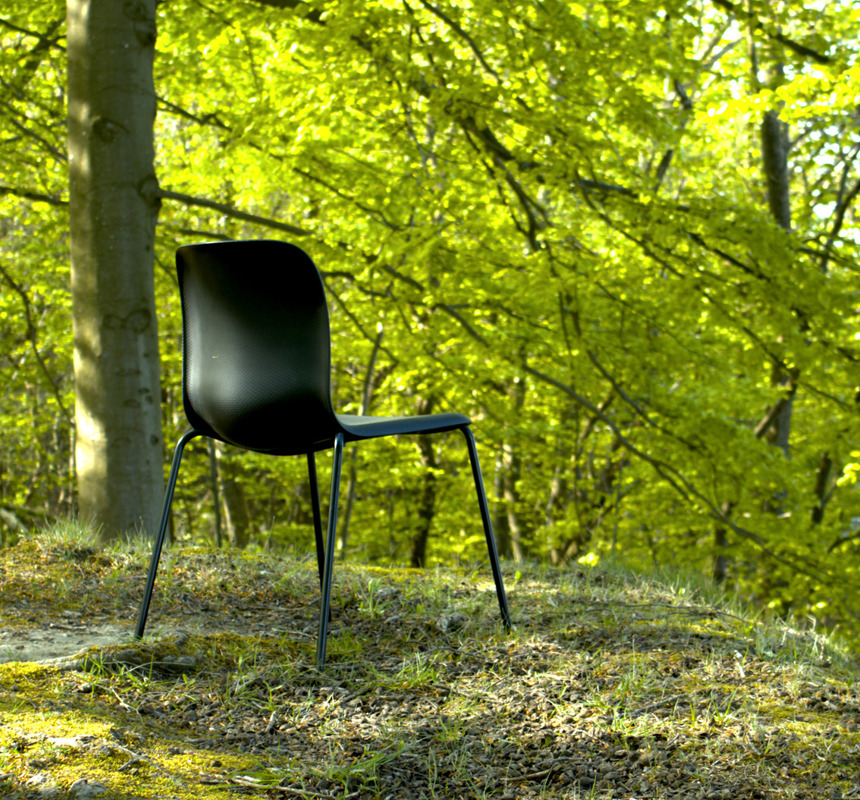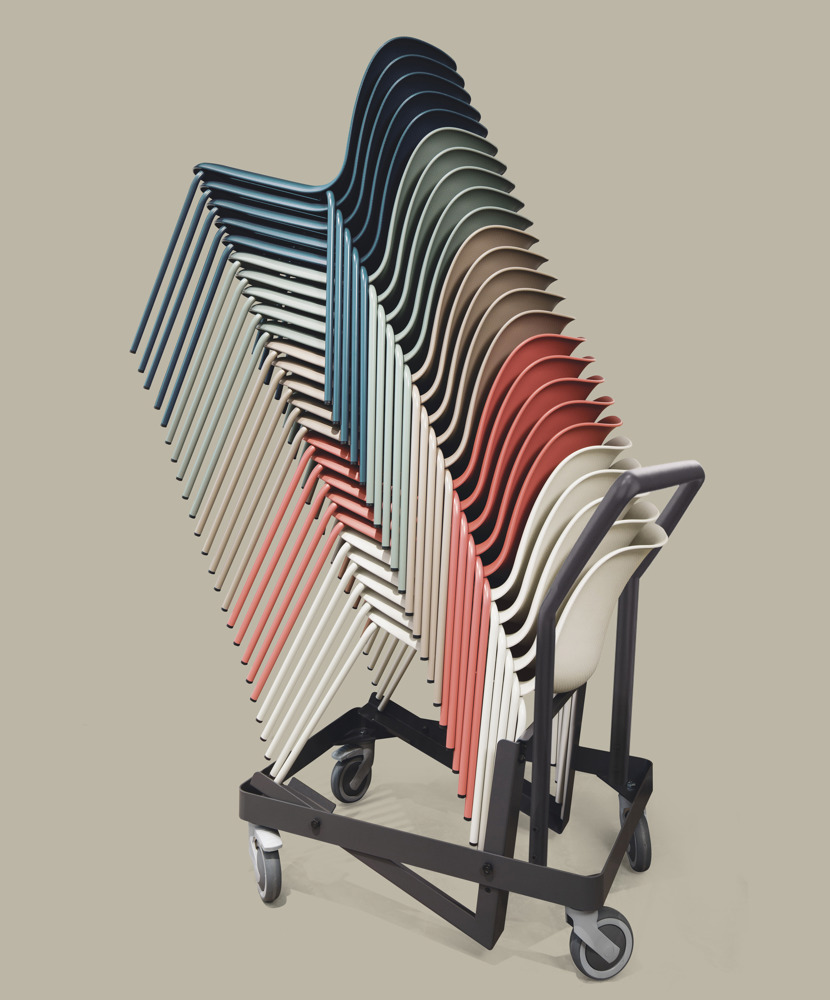Redefining Furniture Lifecycle with Reclaimed and Recycled Materials
As the world embraces sustainability, the furniture industry is stepping up, delivering solutions that support consumer well-being and eco-friendly ethos both. Today, end-users and businesses alike seek pieces that enhance their spaces in a way aligned with environmental values. Circular design principles, being focused on reclaiming and recycling materials, outline a promising pathway toward the ethical and environmentally responsible spaces envisioned.
This article explores just how circular design in furniture is redefining product lifecycles. Moreover, it offers considerations for specifying or purchasing this kind of furniture for the contract market as well as the necessary balance between recycled materials, longevity, and overall environmental costs.


Understanding Circular Design in Furniture
Circular design in furniture seeks to extend product lifecycles by integrating sustainable practices at every production stage. At HOWE, this approach is embedded in the HOWE Sustainable Design Guidelines, which maintain the highest standards for both new and existing designs while setting the right tone and focus for continuous improvements. The approach challenges traditional linear models of "take, make, dispose," aiming instead for a closed-loop system where materials are continually reused and repurposed.
Circular designed furniture embodies the proper principles by utilizing reclaimed and recycled materials to produce new items, thus extending resource lifecycles and reducing the need for virgin materials.
Key Components of Circular Design Furniture
- Reclaimed Materials: These materials are salvaged from old furniture or other sources that would otherwise end up in landfills. Reclaimed wood, metal, and textiles are commonly used in circular design furniture.
- Recycled Furniture: This involves using materials processed and repurposed from waste products. For instance, recycled plastic and metal are frequently employed to create new furniture pieces.
- Longevity and Durability: Ensuring that furniture is built to last reduces the need for frequent replacements, minimizing waste and resource consumption.
- Responsible Disposal and Recycling: Designing for easy disassembly enables greater material recovery and refurbishment and more effective recycling.
Balancing Recycled Materials with Environmental Impact
While the benefits of incorporating reclaimed and repurposed materials into new furniture designs are clear, there are several challenges and considerations when specifying or purchasing circular design furniture.
One major challenge with recycled materials is their often shorter lifespan compared to virgin materials. For example, recycled plastics can degrade more quickly, leading to a shorter usable life for the furniture. Additionally, certain recycled materials without the inclusion of glass fibers may not meet fire resistance requirements, limiting their suitability for some markets. This poses a significant challenge for manufacturers and consumers aiming to balance sustainability with durability and safety.
Moreover, transporting recycled materials, especially overseas, can generate a larger carbon footprint than locally sourced virgin materials. Therefore, evaluating the environmental costs associated with production and transportation is crucial.

Evaluating Environmental Costs
To evaluate the environmental costs associated with your furniture investment, assess all carbon emissions related to sourcing, processing, and transporting materials. Consider the energy required to recycle materials versus producing new ones. Some recycling processes are energy-intensive, potentially offsetting their environmental benefits. Ensuring the quality and consistency of reclaimed and recycled materials is also vital, as variability in source materials can lead to inconsistencies in the final product, affecting both aesthetics and functionality.
It is necessary to consider design flexibility as well. While reclaimed and recycled materials may offer unique aesthetic qualities, they may also present challenges in terms of uniformity and compatibility with other materials. This can affect the overall design and functionality of the furniture.
For instance, when HOWE geared up to launch SixE recycled shells, the main challenge was uniformity in colour across all shades of the chair. We discovered that creating certain colours solely from recycled materials was impossible. For these hues, pigments had to be added to the recycled plastic, necessitating the use of virgin plastic as a carrier. Naturally, both the product's visual appeal and its strength/durability were crucial in the long term. Through persistence, we achieved a satisfactory balance between recycled content and aesthetics, and are today pleased to report that the carbon footprint of our SixE shells from recycled materials is up to four times smaller than that of SixE shells using virgin plastic.


Best Practices for Specifying or Purchasing Circular Design Furniture
For businesses and consumers looking to invest in circular design furniture, here are some best practices to promise a sustainable and practical choice:
- Verify Material Sources: Ensure that reclaimed and recycled materials are sourced responsibly. Look for certifications or partnerships with reputable organizations that guarantee sustainable practices. Examples include the Forest Stewardship Council (FSC) for wood and EU Ecolabel, or Flower label for products, evaluating materials sourcing, production processes, energy efficiency, and more.
- Assess Durability and Safety: Evaluate the longevity and safety standards of the furniture. Ensure that the recycled materials used meet necessary safety regulations, especially for fire resistance. Check if the furniture meets required EN and BIFMA standards, and if the furniture manufacturer is compliant with ISO 9001:2015 and ISO 14001:2015 standards.
- Prioritize Longevity: When selecting sustainable furniture for the contract market, longevity is essential. Durable furniture offers better value over time, limiting the need for frequent replacements, thereby reducing waste and conserving resources. Investigate a company's history and request references that demonstrate every furniture piece's long-lasting appeal. Notably, HOWE offers a 10-year warranty on a range of its furniture, and some of our iconic pieces have been in continuous use for almost 60 years, such as those in St. Paul’s Cathedral.
- Consider Local Options: Whenever feasible, choose locally sourced materials to minimize the carbon footprint of transportation. Local sourcing also bolsters regional economies and shortens lead times. If local isn't an option, consider accepting longer lead times to consolidate shipments, reducing the carbon footprint of each transported item in an alternative way.
- Prioritize Quality: High-quality craftsmanship can enhance the durability of furniture made from recycled materials. Investing in well-made products can ensure longevity, offsetting the potential drawbacks of using recycled components. Look for warranties and guarantees as indicators of quality.
- Look for Modular Designs: Furniture designed for easy disassembly and repair can also mean an extended product lifecycle. Modular designs allow for parts to be replaced or upgraded without discarding the entire piece.
- Opt for Adaptable Furniture: Another key aspect of sustainable furniture is versatility and adaptability. Choose pieces that can adjust to changing needs and spaces, enabling customers to reconfigure or repurpose their furniture instead of discarding it. A prime example of adaptable furniture that meets the evolving demands and budgets of modern workspaces is HOWE’s Folding Surfaces. These surfaces can be adjusted to suit current requirements, whether for crafting, presenting, or hosting a gathering, allowing every space to mold to user needs.
Photo: © Jason O’Rear
Continuing the Journey with Conscientiousness
Circular design principles offer a promising pathway to creating sustainable and eco-friendly furniture. By utilizing reclaimed and recycled materials, we can significantly reduce waste and promote a more sustainable use of resources. However, it is crucial to balance the benefits of using recycled materials with the need for longevity, safety, and overall environmental impact.
When specifying or purchasing circular design furniture, consider the source of materials, evaluate durability and safety, prioritize local options, and invest in quality craftsmanship. By making informed choices, businesses and consumers can contribute to creating ethical and environmentally responsible spaces.
The journey towards truly sustainable furniture is ongoing, but with continuous innovation and conscientious decision-making, we can redefine the furniture lifecycle and foster a more sustainable future.





